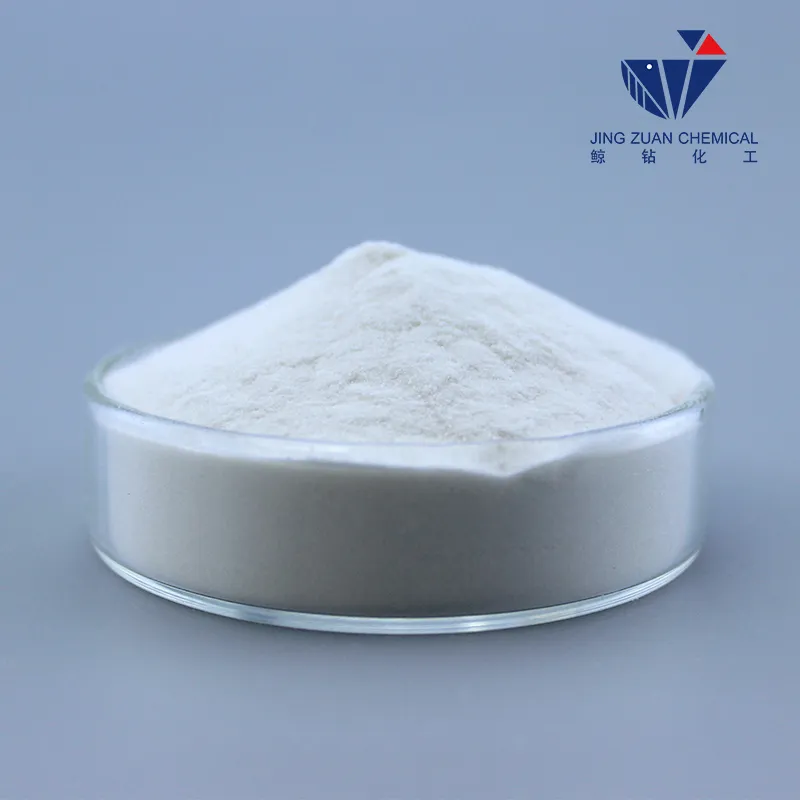
Dec . 18, 2024 22:16 Back to list
hpmc products
The Future of HPMC Products Innovations and Applications
Hydroxypropyl Methylcellulose (HPMC), a cellulose ether, has become an essential ingredient in various industries due to its versatile properties. This article explores the multifaceted applications of HPMC products, highlighting their significance in sectors such as construction, pharmaceuticals, food, and cosmetics.
Understanding HPMC
HPMC is derived from cellulose, a natural polymer found in plant cell walls. By modifying cellulose with hydroxypropyl and methyl groups, HPMC acquires unique characteristics that enhance its functionality. It is biodegradable, non-toxic, and soluble in both water and alcohol, making it an attractive choice for numerous applications.
HPMC in Construction
One of the most significant applications of HPMC products is in the construction industry. HPMC serves as a thickening and stabilizing agent in cementitious materials, adhesives, and grout. It enhances the workability of mortar, allowing for easier application and better adhesion to surfaces. Additionally, HPMC improves water retention in these mixtures, which is crucial for achieving desired mechanical properties and ensuring longevity. The inclusion of HPMC in tile adhesives, for example, allows for extended open time and improved flexibility, making it an invaluable component for modern construction practices.
Pharmaceutical Applications
In the pharmaceutical sector, HPMC is extensively used as a binding agent and film-forming agent in tablets and capsules. Its ability to form a gel upon contact with water makes it an excellent choice for controlled-release formulations. HPMC capsules provide a vegetarian alternative to gelatin ones and are preferred for their stability and ease of swallowing. Moreover, HPMC is used in topical formulations where its film-forming properties enhance skin adhesion and provide a protective barrier. The versatility of HPMC in pharmaceuticals has led to its widespread acceptance and utilization in drug formulation.
hpmc products

HPMC in Food Products
The food industry is another area where HPMC is making significant inroads. It is used as a food additive for its thickening, emulsifying, and stabilizing properties. While HPMC is considered safe for consumption, it also contributes to the texture and mouthfeel of food products. For instance, HPMC is commonly used in gluten-free baking to improve the structure and moisture retention of baked goods. Its emulsifying capabilities allow for the creation of stable dressings and sauces, further expanding its utility in food applications. Additionally, HPMC is employed in low-calorie food products, where it serves as a bulking agent, thereby enhancing dietary options.
HPMC in Cosmetics and Personal Care
The cosmetics industry has embraced HPMC for its multifunctional properties. It is an effective thickener in various formulations, including shampoos, conditioners, creams, and lotions. HPMC enhances the viscosity and stability of products while providing a pleasant tactile experience for users. In formulations, it acts as a film-forming agent, offering durability and adherence, particularly in make-up products. Furthermore, HPMC's gentle nature makes it suitable for sensitive skin formulations, allowing brands to cater to a wider audience.
Environmental Considerations
As consumers become more environmentally conscious, the demand for sustainable and biodegradable products has increased. HPMC, being derived from natural cellulose, meets these criteria. Its biodegradability contributes positively to environmental sustainability when compared to synthetic alternatives. This aspect has led many industries to adopt HPMC in their formulations as part of their commitment to reducing environmental impact.
Conclusion
HPMC products have emerged as indispensable components in a multitude of industries, thanks to their versatility, safety, and functional benefits. From enhancing the performance of construction materials to providing stability in food products and facilitating controlled drug release in the pharmaceutical realm, the applications of HPMC are vast and varied. As research and development continue to advance, we can expect further innovations that will expand the potential for HPMC in new areas, ultimately contributing to more sustainable practices across various sectors. The future of HPMC products looks promising, and their role in modern industry will only continue to grow.
-
Versatile Hpmc Uses in Different Industries
NewsJun.19,2025
-
Redispersible Powder's Role in Enhancing Durability of Construction Products
NewsJun.19,2025
-
Hydroxyethyl Cellulose Applications Driving Green Industrial Processes
NewsJun.19,2025
-
Exploring Different Redispersible Polymer Powder
NewsJun.19,2025
-
Choosing the Right Mortar Bonding Agent
NewsJun.19,2025
-
Applications and Significance of China Hpmc in Modern Industries
NewsJun.19,2025







